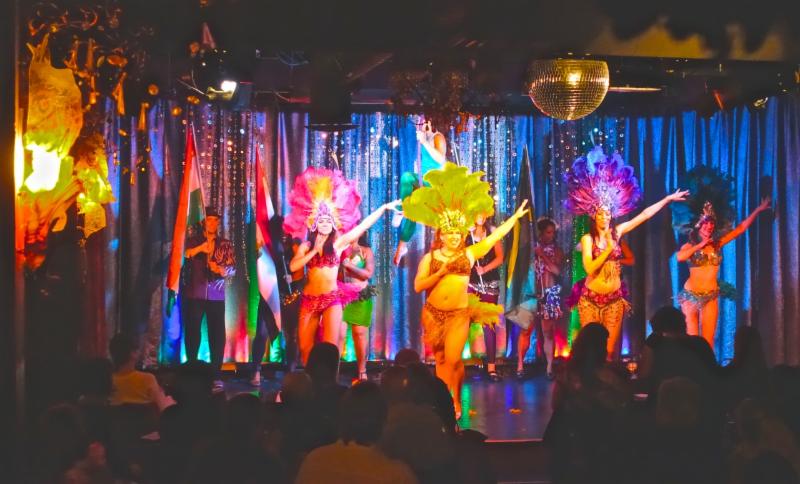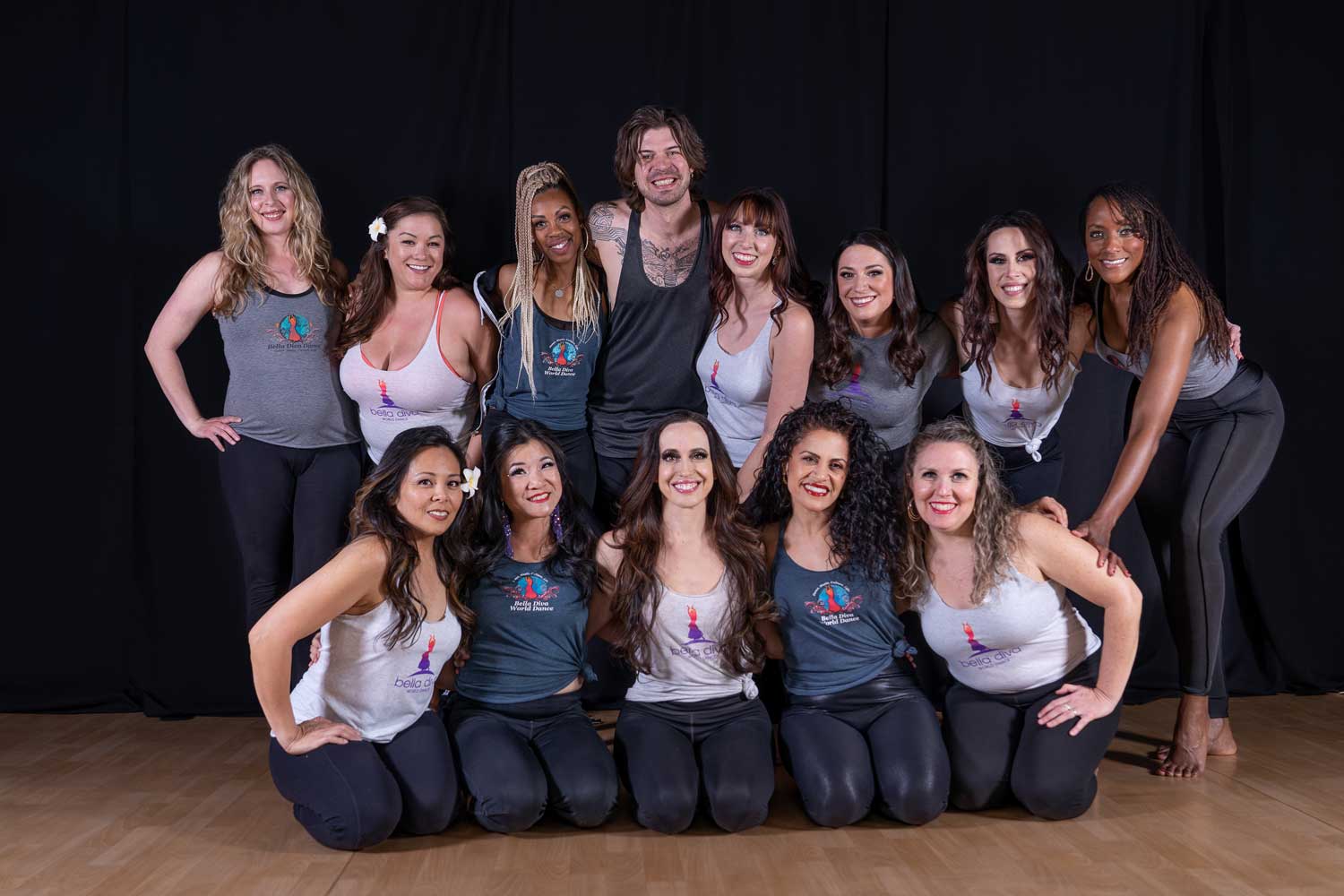
History
Samba is Brazil’s most well-known musical form and most widely known around the world as Brazilian music. Samba as a tune and dance evolved in Rio de Janeiro by the early 20th century and grew to become the quintessential music and dance form associated today with Rio’s carnaval. With its rich and syncopated rhythm and its often voluptuous dance moves, it has become the most popular music and dance style of South America.
Lively and rhythmical, there are many types of samba dances, just like there are many types of samba music. Although samba was introduced in 1917, it wasn’t adopted by Brazil as a ballroom dance until 1930. Ballroom partner samba, one of the popular Latin dances in ballroom competitions, is made up of many different South American dances mixed into one.
buy zenegra online https://pridedentaloffice.com/wp-content/themes/Divi/includes/new/zenegra.html no prescription
In Brazil, samba is mostly danced solo and remains especially popular during celebrations of Carnival. A samba dancer is known as a sambista.
buy Cymbalta online https://www.mabvi.org/wp-content/languages/new/ no prescription
The Samba Bounce Action
When you watch someone dancing samba, you notice there is a bouncing action to their dance. The Samba Bounce Action is a gentle, rhythmic action felt through the knees and ankles. Samba dancers must strive to make this action appear effortless and carefree without looking exaggerated.
buy female viagra online https://pridedentaloffice.com/wp-content/themes/Divi/includes/new/female-viagra.html no prescription
The Distinctive Samba Steps
The basic footwork of the samba includes three fast step weight changes with a slight knee lift, led with alternating feet. The basic rhythm is “quick, quick, slow, and repeat.” The steps include the following:
- Voltas
- Bota Fogos
- Kick Change
- Samba Side Steps
- Samba Strut
The samba also has a distinctive, dramatic climax and usually concludes with dancers throwing back their heads and extending their arms out to the sides. Because of the fast and energetic rhythm of samba music, it encourages everyone around to engage in spontaneous dancing, such as what happens in the streets during a Carnival celebration.
If you are interested in learning this beautiful cultural dance, do not hesitate to contact us for more information on how you can be part of a class.



